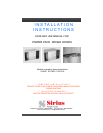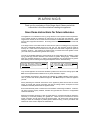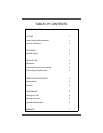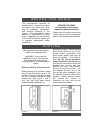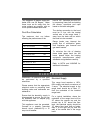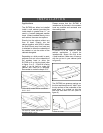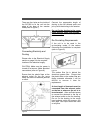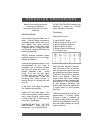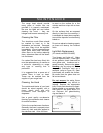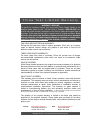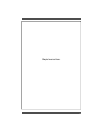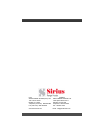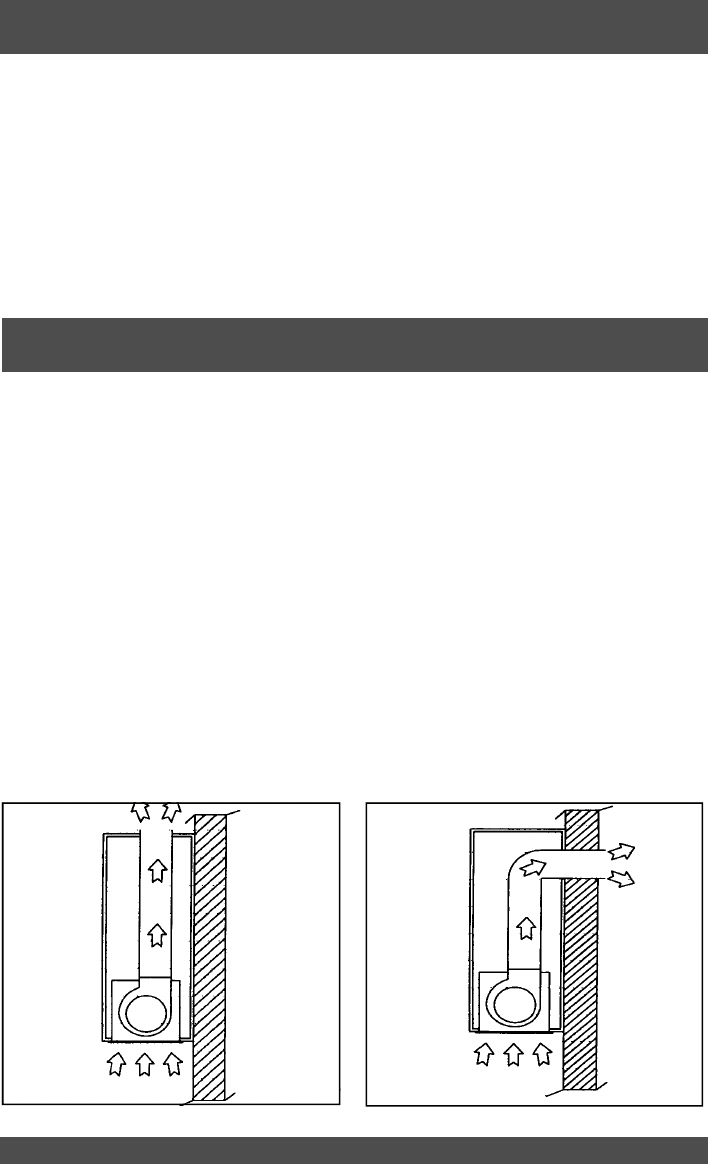
D U C T I N G
(Not applicable if the range hood is
used in re-circulating mode)
WARNING: Do not vent this
appliance into any other ductwork,
spaces between walls, ceilings,
attics, garages or any other confined
space.
External Venting Requirements
When planning new ductwork, always
look for the most direct route to the
outside. Venting can be done through
the roof or directly through the back
outside wall. (See Figure 1 and 2)
Only use rigid type metal ducting
(plastic ducting is generally not
B E F O R E Y O U B E G I N
The manufacturer declines all
responsibility in the event of failure
to observe the instructions given
here for installation, maintenance
and suitable operation of the
product. The manufacturer further
declines all responsibility for injury
due to negligence and the warranty
of the unit automatically expires due
to improper maintenance and/or
installation.
BEFORE YOU BEGIN:
It is advisable to test run the
range hood before installation.
Please read this entire manual and
ensure that you are fully conversant
with the requirements and limitations
permitted by code). Flexible ducting
could restrict airflow by up to 50%.
Always fasten connections with
sheet metal screws and tape all
joints with certified Silver Tape or
Duct Tape.
Do not use screws to
fasten ductwork to the hood
, only
use tape as the screws will stop the
dampers from opening and your
hood will not work. This hood re-
quires a 6” round duct outlet. You
can increase the duct size of the
duct run but never decrease it. Use
the shortest and most direct route
possible. Always, wherever possi-
ble, reduce the number of
transitions and turns with as few
sharp angles as possible.
1
Figure 1
Figure 2



